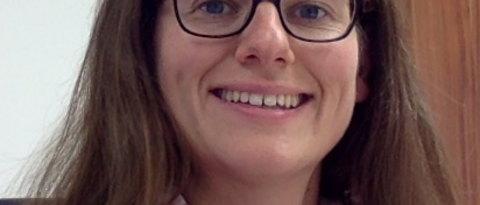New Pathways for Sustainable Agriculture
04/08/2019
Diversity beats monotony: a colourful patchwork of small, differently used plots can bring advantages to agriculture and nature. This is the result of a new study by the University of Würzburg.
more

















